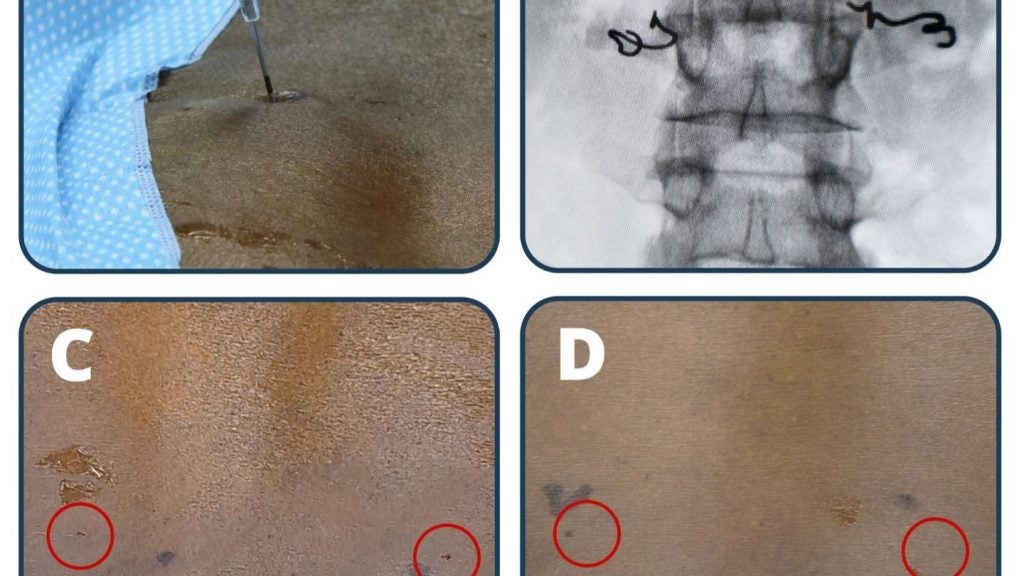
Congenital heart disease (CHD) is caused by malformations in the heart of a newborn infant. If left untreated, it can pose a mortal risk. CHD occurs in 1% of births worldwide, with higher incidence and mortality in countries with lower socioeconomic development. Common malformations include Tetralogy of Fallot, transposition of the great arteries, hypoplastic left heart syndrome, and coarctation of the aorta. These infants are born healthy, as they have relied on oxygenated blood provided by the mother, but may rapidly deteriorate after birth depending on the severity of the malformation.
Improvements in newborn screenings have helped to address these defects early. Infants with CHD will often have reduced oxygen saturation (SpO2), which can be detected 24 hours after birth and prior to any other symptoms. Babies who pass this screening but still have malformations can be recognised later by parents or professionals if they show low activity or their skin takes on a blue hue, indicating deoxygenated blood.
Once detected, congenital heart disease can be monitored and is usually treatable due to concerted research efforts and surgical innovation over the past 70 years. Before the first treatment for CHD was created in 1953, via the use of a heart-lung machine, options were extremely limited. CHD cases commonly involve several malformations, making treatment incredibly complicated and often requiring temporary bypass operations due to urgency, followed by more long-term surgical corrections. Open heart surgery is the most common way to correct CHD, and is required in certain cases like transposition of the great arteries or heart transplants. Minimally invasive techniques have been steadily progressing and are achieving successful outcomes in clearing obstructions, repairing holes, and implanting valves.
The outlook for CHD patients varies greatly due to the range of malformations and severities, but they remain a distinct patient population for their entire lives. Follow-up procedures, higher risk of endocarditis, medications to manage blood pressure or coagulation, and increased complexity when treating unrelated conditions all mean that many treated CHD patients are not cured and have their life expectancy reduced by 4–10 years compared to those without CHD. This gap is likely to close as more long-term data becomes available, given that as little as 70 years ago CHD patients rarely reached adulthood.
See Also:
How well do you really know your competitors?
Access the most comprehensive Company Profiles on the market, powered by GlobalData. Save hours of research. Gain competitive edge.

Thank you!
Your download email will arrive shortly
Not ready to buy yet? Download a free sample
We are confident about the unique quality of our Company Profiles. However, we want you to make the most beneficial decision for your business, so we offer a free sample that you can download by submitting the below form
By GlobalData


